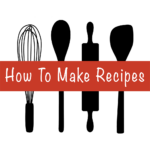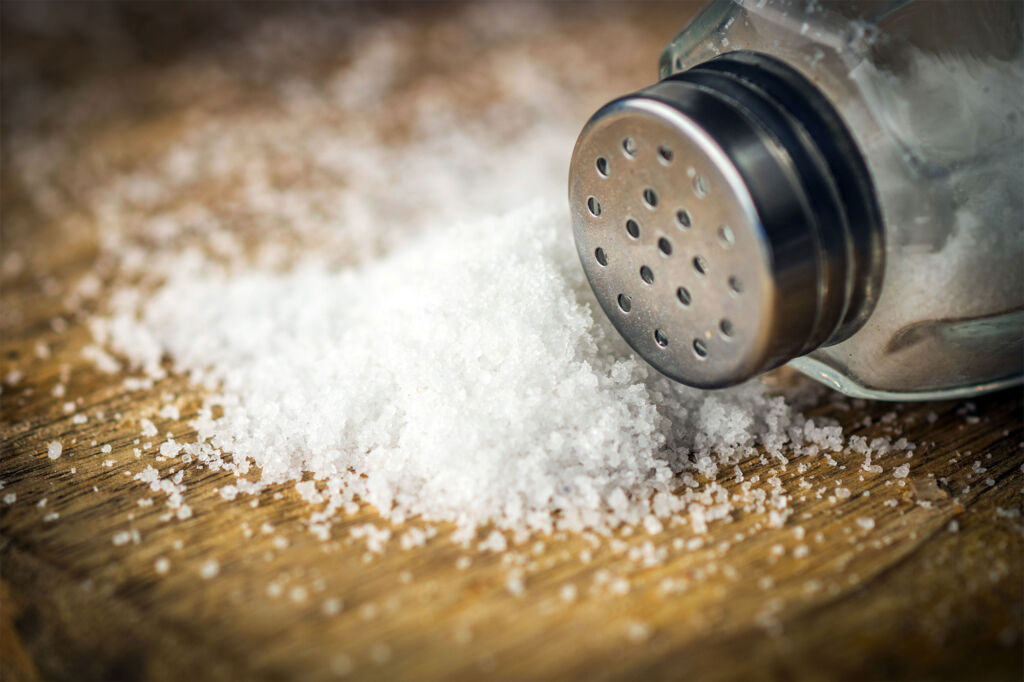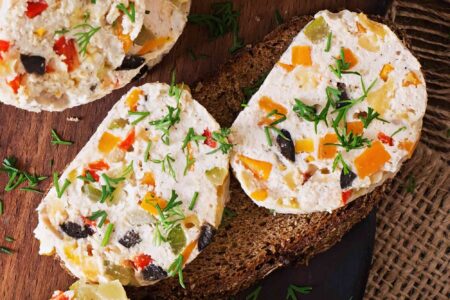Sometimes, despite your best efforts, you find yourself with a dish that is too salty. It happens to the best cooks. The following solutions can help you get out of a too salty dish so you can save your meal.
Dilute it
With foods you cook on the stove like soups and stews, you can dilute the salt level.
Try the following:
Add more broth without salt. Don't use salty broth, or you'll end up with a larger amount of soup or stew that's too salty.

Add water. Then, to rebuild the missing flavour, add extra herbs such as thyme, garlic powder, or onion powder. Do not add more salt without first tasting to adjust the seasonings.
Remove some of the broth or sauce that is too salty (about a quarter or half) and replace them with unsalted broth. It works well in chunky soups such as vegetables or chicken noodles. Make sure you leave all the vegetables in the soup and strain the broth.
Add other ingredients
Adding other ingredients to soups and stews can help remove or redistribute the salt.
Add raw, unseasoned starches, such as pasta, barley, quinoa, or rice, and cook them in the overly salty broth or sauce. The starches will absorb some of the salt to become more flavourful.
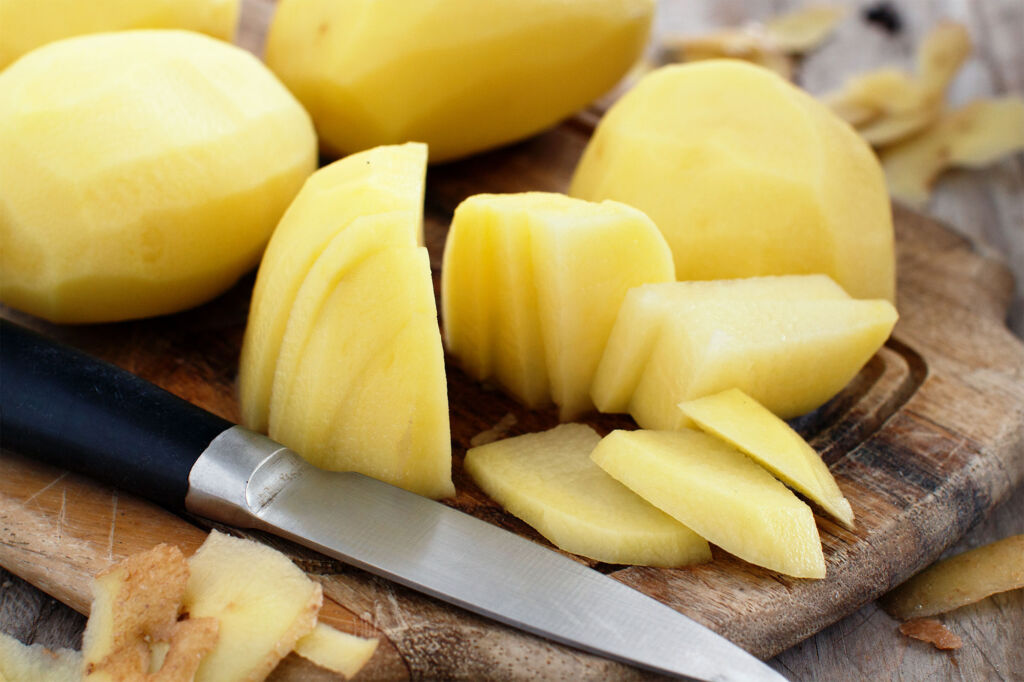
Add several slices of raw peeled potato to the soup or stew and cook until it begins to soften. During cooking it will absorb a part of the salt. Next, remove the potato from the soup or stew. Adjust the seasonings if necessary by diluting with unseasoned broth.
Add more raw vegetables to a vegetable soup or stew. They will become seasoned and help spread the salty flavour.
Add the raw legumes, which will absorb the salt during cooking. It may take a while, as legumes such as kidney beans take a long time to cook and will alter the dish you were initially preparing, but in some cases this is a great solution.
Double or triple the recipe
This technique is similar to dilution. If you're making a stew, sauce, soup, or vinaigrette that's too salty, make another or two unsalted. Then, mix all the recipes together and season appropriately (or not at all).
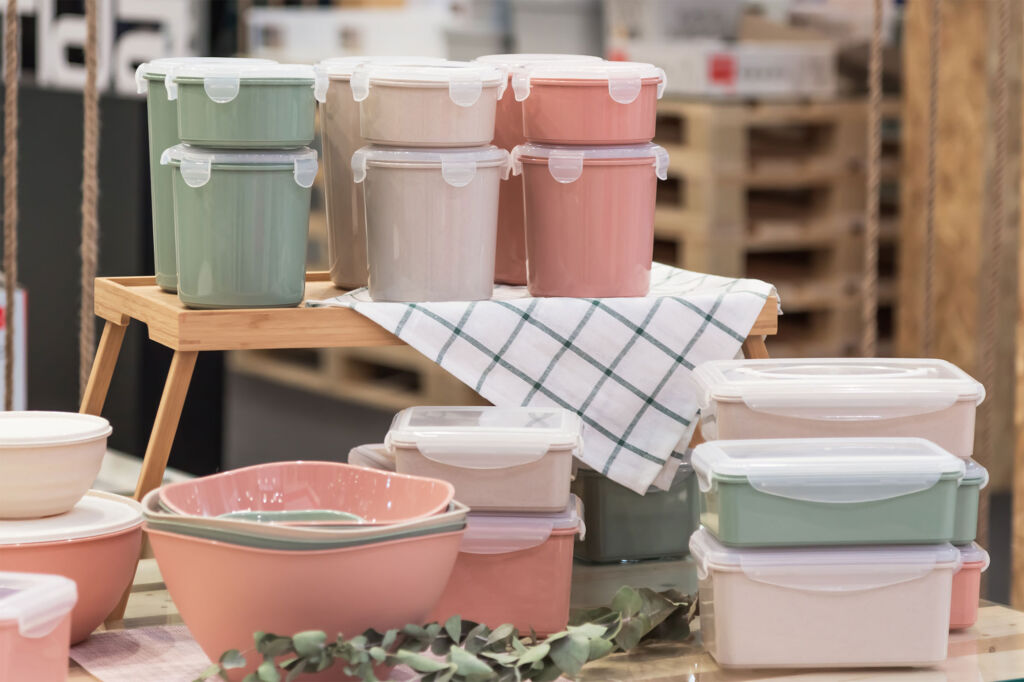
You can always freeze leftovers and have a few perfectly seasoned extra meals on hand for weeks to come. It also works well for stir-frying (leave out the extra salty soy sauce), cereals, casseroles, mayonnaise-based salads like tuna salad, and egg dishes.
Attempt to balance the flavours
If you're making a sauce, soup, or stew, you may also be able to add other flavours to balance the flavour profiles.
To understand this technique, you must first understand the flavour profiles: sweet, sour, salty, bitter, and umami (or salty). If you have too much salt, you can try to save the dish by adding a different flavour profile to balance the salt.
Keep in mind that this will essentially create a different dish or sauce than the one you started with, but it can still be a delicious one.
Sweet
Add a few teaspoons of honey, sugar, brown sugar, agave, maple syrup, or some other sweetener. Work with 1/2 teaspoon at a time and taste as you go to make sure you don't end up with something overly sweet.
Sour
Add the juice of a lemon, lime or orange or add vinegar such as white wine vinegar or apple cider vinegar. Work 1/2 teaspoon at a time and taste frequently to make sure you don't run out of too much acid.
Bitter
Bitter and salt aren't a great combination, so you probably don't want to try to adjust the salty by adding bitterness.
Umami
Flavoriness is often interpreted as salty - the two are quite similar in flavour profiles, so adding umami probably doesn't balance the salty flavours.
Rinse

If you over-salted the vegetables after cooking them, you may be able to wash off most of the salt by rinsing the vegetables in warm water and seasoning them again. If you cooked the vegetables with salt, it is likely that the salt has got into the vegetables and you will not be able to rinse the salt off.
You may also be able to rinse noodles that have been cooked in too salty water.
Rinse them and taste to see if they are excessively salty. If they are, you will have to start over. If you can't rinse the salty taste away and don't want to throw the food away, use it in other recipes and adjust the salt accordingly.
Remove the salt
In some cases, you can remove excess salt from the surface of overly salted meats or animal proteins. It only works if you salt after cooking. If you've over-salted a steak and the steak has absorbed the salt, you may need to change direction and cut the meat to use in an unseasoned recipe such as soup or stew.
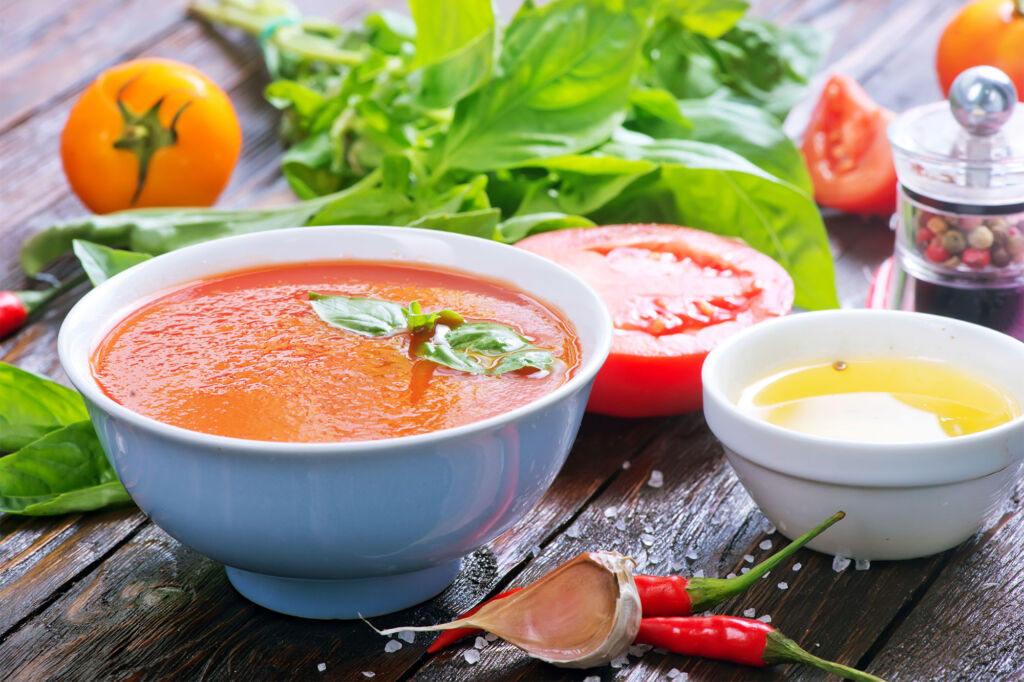
Tomato-based soups or stews work well for this purpose, because tomatoes are acidic and can balance out the salty flavors.
Start over
For baked goods, there really aren’t too many solutions to reverse an over-salted recipe, but there are 1-2 options.
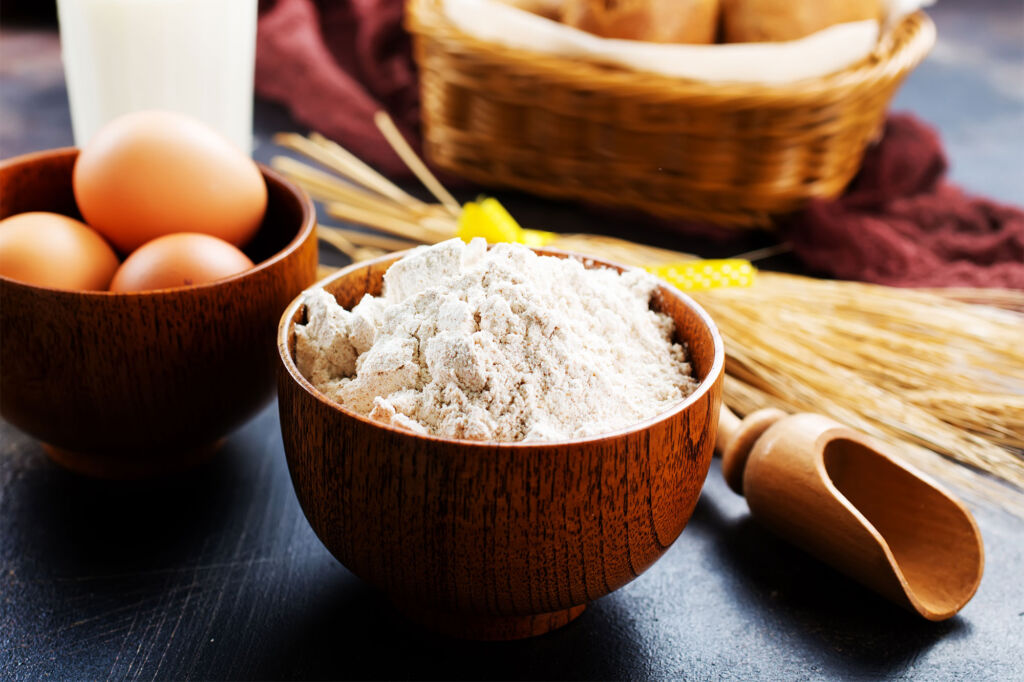
If you haven't mixed wet and dry ingredients yet, but added too much salt to your dry ingredients, you can double or triple your recipe to match the amount of salt you added.
If you've added too much salt and you've already mixed the dough or batter, you'll just have to start over.
This is because cooking requires precise levels of certain ingredients to create the chemical and physical reactions necessary for the texture and flavour of the baked goods you are creating.
Be flexible
The key to fix over-salting food is the flexibility of the kitchen. That way, if it doesn’t work, you can quickly prepare a properly seasoned meal.
